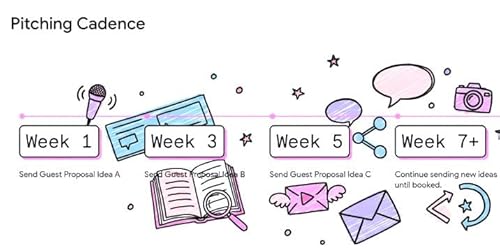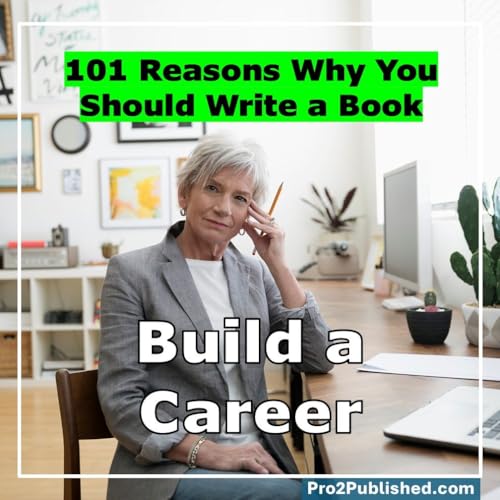The following ten points were written by the Comet AI browser based on the following question: What are the ten best ways to market a book in today’s world?
I would quibble about the results of the AI’s recommendations — and I will do so in a later podcast episode. I would also use most common language in making these points. Too many long words and too many long paragraphs.
Note: The attached video is one of three videos created by NotebookLM using the following words as input. In the next two episodes, I’ll be sharing two additional videos created by Notebook LM in a fwe minutes.
The top ten most effective ways to market a book in 2026 combine digital engagement, community-building, and strategic partnerships to maximize reach and sales.
1. Social Media Marketing
Using platforms like TikTok (BookTok), Instagram (Bookstagram), and X (formerly Twitter) to engage readers with authentic, behind-the-scenes content helps authors build visibility and brand loyalty. Choosing one or two platforms that align with your audience ensures consistent engagement rather than scattered efforts.
2. Influencer & Partnership Marketing
Collaborating with book bloggers, podcasters, and relevant influencers helps authors reach engaged audiences through trusted recommendations. Relationships built on shared interests and authenticity are more impactful than broad, transactional promotions.
3. Email Marketing & Author Newsletters
A consistent newsletter or mailing list is one of the most reliable long-term assets for authors. By offering exclusive content, early previews, or discounts, writers can nurture loyal readers outside of unpredictable social platforms.
4. Book Blogs, Podcasts, and Media Outreach
Appearing on book blogs and podcasts, or sending press releases to targeted outlets, expands a book’s visibility across established communities. This strategy works especially well for authors who wish to reduce reliance on social media.
5. Building an Author Website and SEO
A dedicated author website acts as an online hub for readers, containing book details, press information, and blog updates. Optimizing it for discovery through Google Search Console, Analytics, and SEO best practices ensures sustained organic traffic.
6. Amazon and Meta Advertising
Running targeted ads on Amazon and Meta platforms remains a powerful driver of sales. Promotional pricing campaigns (like temporary discounts) attract new readers and improve visibility in algorithms and rankings.
7. Speaking Engagements and Author Events
Participating in literary festivals, book signings, or conferences helps authors connect personally with readers. Hosting workshops or talks about the book’s themes can lead to immediate sales and future opportunities.
8. Reader Reviews and Testimonials
Encouraging reviews on Goodreads, Amazon, and BookBub boosts credibility and discoverability. Sharing positive reviews on social channels and websites reinforces social proof.
9. Cross-Promotions With Other Authors
Partnering with authors in similar genres to share audiences through joint emails, giveaways, or bundles amplifies exposure while minimizing costs.
10. Book Teasers, Giveaways, and Promotional Graphics
Creating visual content—like teaser trailers, quote graphics, or giveaways—helps generate pre-launch excitement and viral sharing, especially when timed with major milestones or seasonal events.
These ten approaches together form a balanced, multi-channel marketing plan adaptable to both indie and traditionally published authors in 2026’s competitive marketplace.
Book Marketing Success is a reader-supported publication. To receive new posts and support my work, consider becoming a free or paid subscriber.
How to Write an Article Trove Book (Write a Book in 10 Days or Less Series)
The easiest lengthy book to write in 10 days or less is to collect a number of your articles on your website, text from podcast episodes, blog posts, or social media posts and compile them into a themed book. This book shows how you to create such a collection quickly and easily.
This is a public episode. If you'd like to discuss this with other subscribers or get access to bonus episodes, visit bookmarketing.substack.com/subscribe
 2025/11/106 分
2025/11/106 分 6 分
6 分 2025/11/056 分
2025/11/056 分 2025/11/046 分
2025/11/046 分 2025/11/036 分
2025/11/036 分 2025/11/021 分
2025/11/021 分 2025/10/311 分
2025/10/311 分 2025/10/301 分
2025/10/301 分

